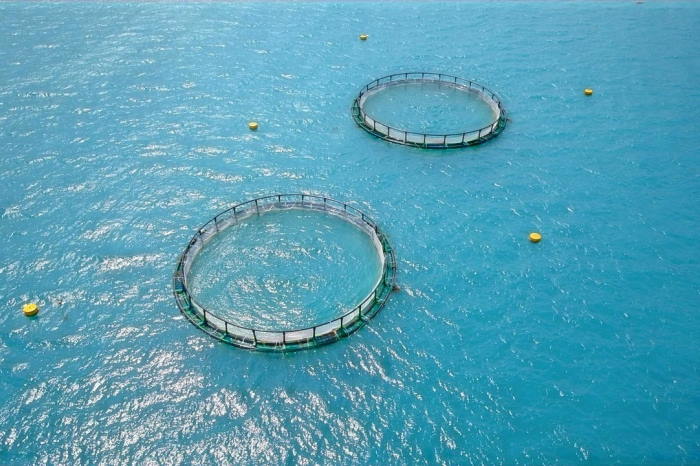Over the past few decades, the environmental impact of aquaculture has been a popular topic of discussion globally – one that has not always been the most positive. However, the environmental aspect of aquaculture is reliant on several factors such as good husbandry and management practises just to name a few. If these criteria are implemented in its rightful manner it can limit/and or reduce the environmental impact that can be destructive to our environment.
Over the years, new approaches and technologies have been developed to minimise these environmental impacts and these have proven that it is possible to have sustainable aquaculture. Fortunately, for the aquaculture industry and for the planet’s wellbeing, much progress has been made in the name of sustainability. (Global Aquaculture Alliance 2019, What is the environmental impact of aquaculture, Global Aquaculture Alliance, viewed 7 October 2020, www.aquaculturealliance.org/blog/what-is-the-environmental-impact-of-aquaculture/).
Seychelles is no exception; the Seychelles Blue Economy Strategic Framework and Roadmap led to the debut of our aquaculture sector. With the ongoing awareness campaign about how aquaculture can be beneficial to our economy, with no doubt the environmental impact of Aquaculture to our environment has been a hot topic.
As the Senior Compliance Officer with the Seychelles Fishing Authority, I am responsible for many aspects of the Aquaculture Compliance Department. In my opinion, environmental compliance is by far the most important component in aquaculture compliance, I strongly believe that having a good legal framework, policy, regulation, standards and not forgetting a well-structured Environmental Management Plan (EMP) in place will limit the impact aquaculture can have on our environment.
An EMP is a key component of an Environmental Impact Assessment (EIA). An EIA is a mandatory study being done prior to commissioning of an aquaculture project. Such assessment identifies and mitigates possible risk factors that can lead to any form of environmental degradation such as water eutrophication, water quality alteration and destruction of natural habitats just to name a few.
The purpose of an EMP is to:
· outline environmental protection measures to be followed during construction, operations and decommissioning phase of any aquaculture project.
· ensure that commitments to minimise environmental effects are met;
· document environmental concerns and appropriate protection measures;
· provide concise and clear instructions to Project personnel, staff and contractors regarding procedures for protecting the environment and minimising environmental impact;
· provide a reference document for personnel when planning and/or conducting specific activities;
· provide contingency plans for accidental events;
· communicate changes in the program through the revision process;
· Provide a reference to applicable legislative requirements.

With all these guidelines in place, alongside an effective monitoring programme and a strong aquaculture team, I believe we shall make a difference. As the aboriginal quote goes “Look after the land and the land will look after you, destroy the land and the land will destroy you”.

